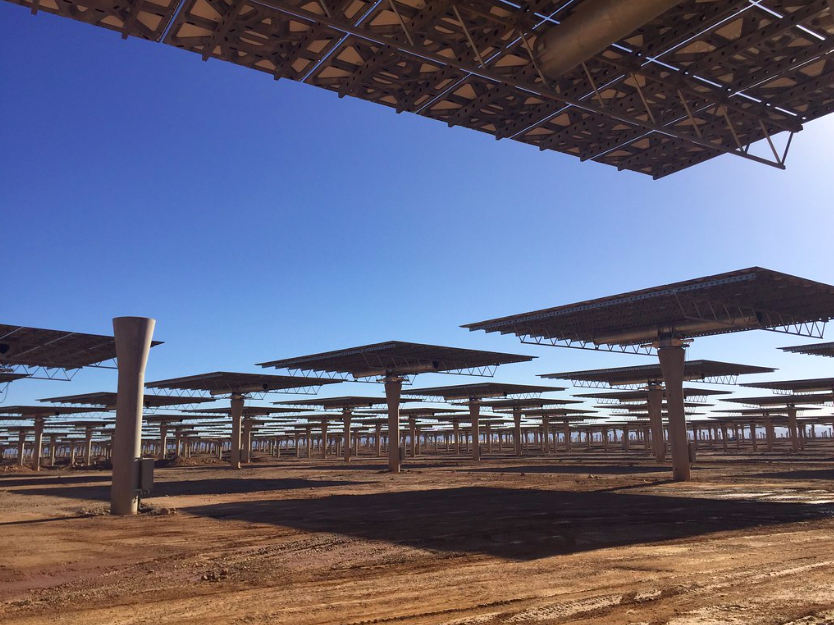In the face of a global economic crisis brought on by COVID-19, many countries are turning greener, and they are calling upon the international community to follow their lead. Several regions have used this time to complete renewable energy projects, and others are just beginning. The world is preparing itself for many transformations, with less reliance on coal and fossil fuels being a part of that. Of course, there have been setbacks and slowdowns in terms of creating the infrastructure for greener energy due to the virus, and it will take a large change in consumer attitudes to implement progress. As the oil market plummets and coal prices shift unpredictably, renewable solutions are emerging to sustain economies weakened by the virus.
Progress in Europe and The United States
Many countries have been preparing to transition to more renewable energy for some time now. The economic crisis revolving around crude oil markets and the increasing cost of coal has furthered the motivation to do so. In Europe, much of the EU has been on track to reduce their use of both coal and gas. Following Belgium’s lead, Sweden and Austria closed their very last coal plants two years ahead of schedule. Seven more countries are preparing themselves to move on from coal by 2025, including France (2022), Slovakia (2023), Portugal (2023), the UK (2024), Ireland (2025) and Italy (2025), as noted by EURACTIV.
Zollverein Coal Mine Industrial Complex, Essen, Germany. Kai Pilger. Unsplash License.
The United States has also made incredible strides. For the very first time in any month in the United States, renewables from solar, wind and hydropower generated more electricity than coal on every day in April 2019, according to data from the Energy Information Administration (EIA). They have instead focused their efforts on renewable sources, setting more records in the process. As cited by the EIA, the significant rise in renewable energy can be attributed to record generation from wind and near-record generation from solar. Wind and solar electricity generation has also increased as the capacity for implementing their infrastructure has expanded.
International Efforts
Among the success stories are countries still working toward progress. The continent of Africa is setting an incredible example for others as top officials encourage leaders to implement renewable energy in their communities. Agreeing to work closely together, the African Union Commission (AUC) and the International Renewable Energy Agency (IRENA) are advocating for the advancement of renewable energy across the continent. In doing so, they hope that this will further their efforts to stop the spread of COVID-19. By providing more renewable energy resources, rural communities that make up large portions of the countries will now have the opportunity to provide health centers with cleaner water pumping systems and reliable power for critical medical services.
IRENA World Bank’s Noor III Solar Farm in Morocco. International Renewable Energy Agency (IRENA). CC by BY-NC-ND 2.0
With the same motivations in mind, Asia-Pacific’s response to COVID-19 has also involved a push toward renewable energy. The IRENA has partnered with the United Nations Economic and Social Commission for Asia and the Pacific (ESCAP) to work toward the improvement of access to sustainable energy. Already pushing toward wind energy, Asian countries are working to install nearly 100 gigawatts of offshore wind capacity by 2030, according to the Global Offshore Wind Report 2019 published earlier this year. Asia-Pacific is home to half the world’s population, and its current reliance on fossil fuels is not sustainable, especially under the strain of combating a widespread virus. While their budgets are also strained, a recent COVID-19 policy report for Asia and the Pacific shows that one of the main sectors for many stimulus packages throughout the region is renewable energy. The hope is that the investment in clean energy will not only improve the overall health of Asia-Pacific’s communities, but also provide the vital infrastructure needed to distribute lifesaving medical resources.
A Sustainable Solution
Many countries and regions that have relied on fossil fuels and coal are now facing an issue of widespread applicability of those energy practices and must turn to renewable solutions in order to save their communities from further strife. As money is being put toward green energy and other projects are completed, the way we use and consume energy is becoming much more sustainable. Despite all the anxieties and stresses caused by COVID-19, a cleaner world is coming.
Renee Richardson
is currently an English student at The University of Georgia. She lives in Ellijay, Georgia, a small mountain town in the middle of Appalachia. A passionate writer, she is inspired often by her hikes along the Appalachian trail and her efforts to fight for equality across all spectrums. She hopes to further her passion as a writer into a flourishing career that positively impacts others.




